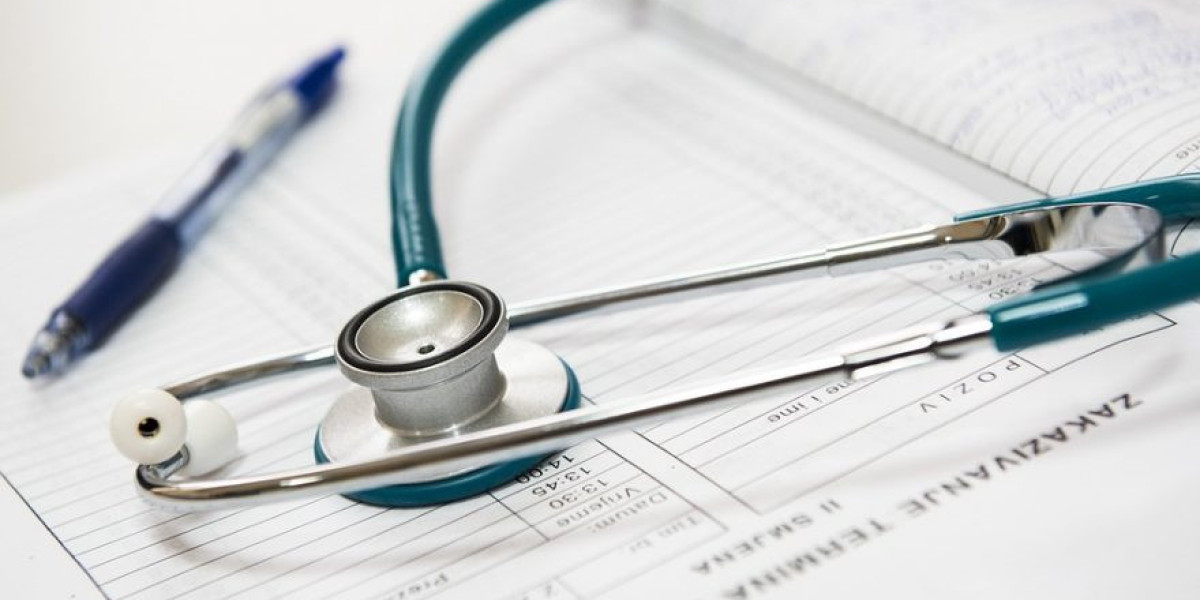If you’re applying for a U.S. green card or adjusting your immigration status, one of the most important steps in the process is completing the USCIS medical exam. This mandatory health screening ensures that applicants meet the medical and vaccination requirements set by the United States Citizenship and Immigration Services (USCIS).
What Is the USCIS Medical Exam?
The USCIS medical exam (Form I-693) is a required part of most immigration applications for permanent residency (green card). The exam is performed by a USCIS-designated civil surgeon within the United States, or by a panel physician if the applicant is outside the country.
The purpose of the exam is to ensure that applicants do not have any medical conditions that could pose a threat to public health or make them inadmissible under U.S. immigration law.
Who Needs a USCIS Medical Exam?
Most applicants for a green card or adjustment of status are required to complete a USCIS medical exam. This includes individuals applying under family-based, employment-based, refugee, or diversity visa categories.
You might not need a new exam if you’ve already had one recently for a different immigration process, but it’s important to confirm the validity of your previous medical exam with your immigration attorney or USCIS.
Who Can Perform the USCIS Medical Exam?
Only a USCIS-designated civil surgeon can perform the medical exam within the United States. You can find an authorized doctor by using the USCIS Find a Doctor tool on their official website.
If you’re applying from outside the U.S., you’ll need to see a panel physician approved by the U.S. Department of State. These doctors follow the same examination standards but operate under consular supervision.
Always make sure your doctor is authorized; otherwise, your exam results will not be accepted by USCIS.
What to Bring to Your USCIS Medical Exam
Before your appointment, gather all required documents to ensure your visit goes smoothly. Here’s what you’ll typically need to bring:
- A valid government-issued photo ID (such as a passport, driver’s license, or state ID)
- Your Form I-693, “Report of Medical Examination and Vaccination Record” (available on the USCIS website)
- Vaccination records (childhood and adult immunizations)
- A list of current medications you’re taking
- Documentation of previous medical conditions or surgeries
- Your health insurance card, if applicable (though not always required)
If you’re missing vaccination records, don’t worry — the civil surgeon can order tests or update your vaccines during your visit.
What Does the USCIS Medical Exam Include?
The USCIS medical exam is a comprehensive health screening, but it’s not a full physical like you might get at your primary care doctor. Instead, it focuses on detecting specific medical conditions outlined by the Centers for Disease Control and Prevention (CDC) and USCIS.
Here’s what the exam typically involves:
- Medical History Review
The civil surgeon will review your personal and family medical history, including any previous illnesses, surgeries, mental health issues, or substance use. Be honest and thorough — providing accurate information helps avoid delays in your immigration process.
- Physical Examination
You’ll undergo a general physical exam where the doctor checks your vital signs, eyes, ears, nose, throat, heart, lungs, abdomen, skin, and lymph nodes. The exam ensures you don’t have any visible health conditions that could affect your eligibility.
- Tuberculosis (TB) Testing
All applicants aged two and older must undergo tuberculosis screening. Typically, a chest X-ray or TB blood test (IGRA) is performed. If your results are positive, additional testing or treatment may be required before your form can be approved.
- Blood and Urine Tests
Adults (ages 15 and older) are required to undergo blood tests for syphilis and urine tests for gonorrhea. These screenings are required under CDC guidelines to prevent communicable diseases.
- Vaccination Review
The doctor will review your vaccination history and make sure you’ve received all required immunizations, including:
- Measles, mumps, and rubella (MMR)
- Tetanus and diphtheria (Td or Tdap)
- Hepatitis B
- Varicella (chickenpox)
- Influenza (during flu season)
- COVID-19 vaccine
If you’re missing any vaccines, the civil surgeon can administer them during your exam.
How Long Does the Exam Take?
The USCIS medical exam typically takes about 30 to 60 minutes, depending on your health history and whether you need additional tests or vaccinations. Some clinics may offer same-day lab testing, while others may send you to an external lab for blood work or X-rays.
Results are usually ready within a few days to a week.
After the Exam: What Happens Next
Once your exam is complete, the civil surgeon will fill out Form I-693, seal it in an official USCIS envelope, and give it to you. Do not open this envelope. It must remain sealed to be accepted by USCIS.
You’ll submit this sealed form with your green card application or bring it to your USCIS interview if instructed. The results are valid for two years from the date the civil surgeon signs the form.
Tips for a Smooth USCIS Medical Exam
- Schedule your appointment early to avoid delays in your immigration application.
- Bring all relevant medical records to save time and prevent unnecessary vaccinations.
- Avoid taking antihistamines or medications that may affect test results without consulting your doctor.
- Follow up with your provider if additional tests or vaccines are required.
Final Thoughts
The USCIS medical exam is a vital step in your journey toward U.S. residency. While it might seem like a technical requirement, its main purpose is to ensure your safety and the health of the community.


